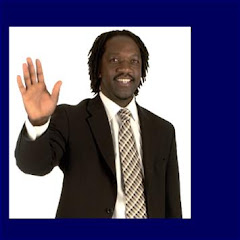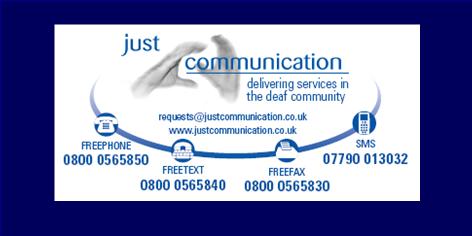Families need to learn to sign for the sake of their deaf children – yet they are often denied the chance, writes Charlie Swinbourne for the Guardian (15/01/12).
In the last few weeks, a video of a deaf mother and her two year-old daughter Ava having a dinner conversation in British Sign Language (BSL) has gone viral. It has been tweeted, shared and blogged to the extent that the clip now has more than 150,000 views online. The video shows the level of understanding and communication that a child using sign language can reach when they have access to language from an early age.
Ava's parents are deaf, so they knew how to sign with her. However, 90% of deaf children are born to hearing parents, and at the moment it is incredibly difficult for them to access courses so they can learn to sign. A National Deaf Children's Society (NDCS) telephone survey last summer found that 56% of councils did not provide any services or support for parents of deaf children wanting to learn sign language, and the councils that do often require parents to pay for the course – which can cost up to £600.
Gary Morgan, professor of psychology at City University, London, told me that a delay in access to language and communication "can have severe and long lasting effects for a child's cognitive, social-emotional and academic skills. Many deaf children arrive at school with the task of learning a first language rather than learning about the world through already developed language."
Anna Lewis, from Dorset, is learning BSL in order to be able to communicate with her three year-old daughter, Belle, who is profoundly deaf. She told me: "communication with Belle is difficult. Due to her late diagnosis she had two and a half years of a silent, unsigning world. We use a mixture of BSL, speech and pictures with her. Every day is a struggle to communicate."
When Belle was diagnosed as being deaf, their council provided only an introductory course in signing communication. No further support was offered so now, at their own cost, Anna is taking a BSL level one course, travelling 30 miles every week for a two-hour class. The cost of the course is £200 and the family could not afford to pay for her husband to join her.
She said: "We just can't afford for us to both do it and pay for the childcare. My husband feels like he is being denied his fundamental right of being able to communicate with his child. It is disappointing and just plain wrong that we are penalised for Belle being deaf."
There is a huge irony here, in that signing classes for non-deaf children have become hugely popular. Just before Christmas, my three-year old daughter's pre-school was visited by Singing Hands, who perform children's songs using signs. I was amazed at how many children knew how to sign along with them, and it struck me that just as hearing parents across the country struggle to learn to sign with their deaf child, thousands of non-deaf children are benefiting from being exposed to sign language from a young age.
To try and give parents of deaf children everywhere access to a course that gives them the signing skills they need, NDCS has developed a family sign language course, which is specifically aimed at families of deaf children who want to use BSL. It teaches the signs and phrases needed for nursery rhymes, stories, games, as well as tools for practical communication (on topics such as food, sleeping and nappy changing, for example).
After piloting the course in two regions in July 2011, 83% of the 123 families who took part reported that they felt confident communicating with their deaf child, compared to 37% prior to the course. At the end of this month, the charity will submit a proposal that the DfE rolls out the course to all nine regions in the UK. The charity have launched a petition for fair access to the courses which now has over 2000 signatures.
At a time of deep cuts to services everywhere, it is hard to gain extra funding – but nothing could be more important than a deaf child being able to start to build their communication and understanding skills as early as possible. As the video of Ava shows, deaf children are capable of everything a hearing child is capable of, if they are just given the chance.
Friday, 20 January 2012
Subscribe to:
Post Comments (Atom)






No comments:
Post a Comment